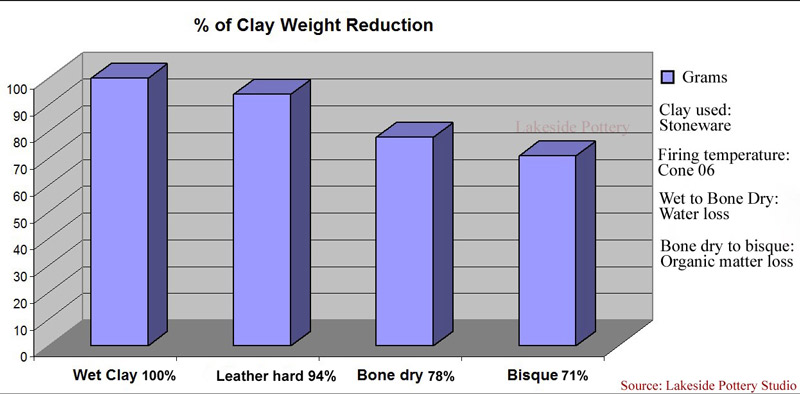Shrinkage is a part of every retail company s reality and some businesses try to cover the potential decrease in profits by increasing the price of available products to account for the losses in.
Define shrinkage in ceramics.
The shrinkage of metals and metal alloys during crystallization is due to.
While drying shrinkage it can help reduce firing shrinkage.
As well as improving drying it can also improve drying shrinkage.
Shrinkage is a decrease in the size or amount of something.
Measure the shrinkage characteristics or measure the swelling characteristics.
Advantages of ultrasonic condensation.
Enhances translucency and the shade qualities of the fired ceramic.
The amount of certain clay minerals that are present such as montmorillonite and smectite directly affects the shrink swell capacity of soil.
The clay manufacturer or distributor should have specs including clay shrinkage at the various firing temperatures.
All ceramics shrink by around 6 percent when they are drying.
Reduces the fluid content of layered ceramics.
The shrinkage of ceramics and concrete is of considerable importance.
Shrinkage definition the act or fact of shrinking.
This when the water leaves the clay.
Molded clay products are subject to shrinkage during drying and firing.
Soil with a high shrink swell capacity is problematic and is known as shrink swell soil or expansive soil.
Resulting in denser and more vibrant porcelain mass.
The shrink swell index of clay refers to the extent certain clay minerals will expand when wet and retract when dry.
Traditionally there are two ways to identify the shrink swell potential of the clay deposit.
The size of the particles in the clay determines the size of the shrinkage and clay with grog in has much larger particles.
Shrinkage can be reduced to below 5.
It seems impossible but that is what happens with this one at cone 03.
If you work in a studio they will likely have this information and if you buy your own clay check with the ceramics store.
The shrinkage of concrete occurs during air hardening and is due to the evaporation of water from the capillaries in cement rock.
A clay that has negative shrinkage during the glaze firing.




























